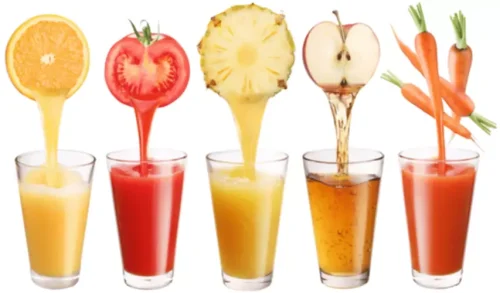
MI is a client-centered therapy that enhances intrinsic motivation to change behavior. It aims to build self-confidence, resolve ambivalence, and strengthen is marijuana addictive commitment to recovery. In 2020, of Americans aged 12 and up, roughly 14.2 million people (5.1%) had a cannabis use disorder. With the closure of SROL, more participants may now discover local meetings through SMARTfinder.
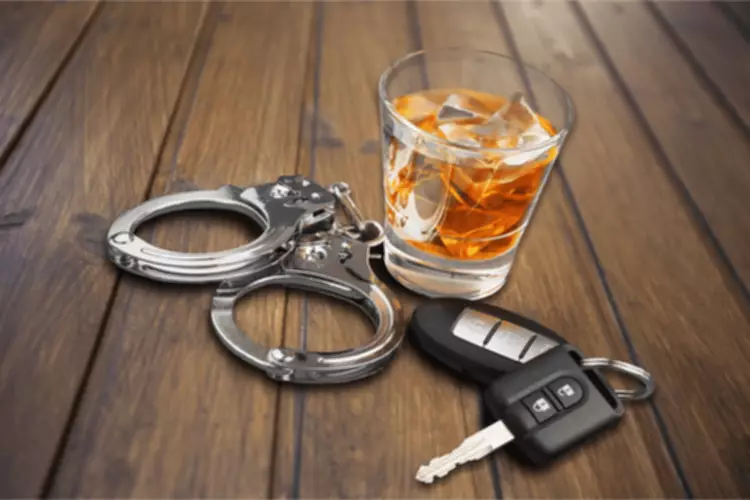
Unpacking the Rehab Puzzle: Your Options for Recovery
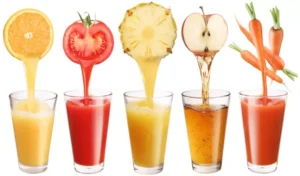
Some looked with lust, but most were drawn by the spectacle – a rail-thin 18-year-old, clumsy in five-inch heels, clinging to a dance pole. Ike sighs at the memory, a flash bulb in a long life, a moment backlit by pain. She spends much of her life drug-addled and paranoid, lurching from find to fix.
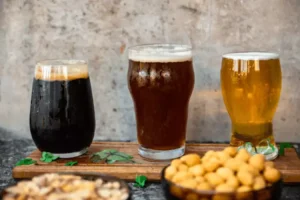
Outpatient Treatment
However, recreational use remains prohibited, with possession of up to 20 grams considered a misdemeanor punishable by up to one year in jail and a $1,000 fine. Efforts to legalize recreational marijuana continue, but as of 2024, it remains illegal for non-medical use, according to the Florida Department of Health and the Florida Statutes. Marijuana remains a Schedule I controlled substance under the federal Controlled Substances Act (CSA; 21 U.S.C. §801 et seq.), making it subject to strict federal regulation. In states where cannabis is legal, possession limits range from one to eight ounces. As of May 2, 2024, 38 states, along with Washington, D.C., Puerto Rico, Guam, and the U.S. Additionally, nine states permit “limited-access medical cannabis,” allowing only low-THC cannabis or CBD oil.
- These effects shoot from an excessive level of THC in the bloodstream, instigating overstimulation of the brain and nervous system.
- Yes, marijuana is a hallucinogen, though it is chiefly classified as a psychoactive drug with depressant and stimulant effects.
- Adjunct cannabis use alongside current treatment strategies could help to improve the number of individuals engaging in OUD treatment, as well as increase treatment retention rates.
What Are the Risks of Using Marijuana During Pregnancy?
Many addictions occur alongside mental health disorders, and marijuana addiction is no exception to this rule. When someone has both an addiction and a mental health disorder, it’s referred to as a dual diagnosis orco-occurring disorder. With advances in technology, online counseling, telehealth and teletherapy services are becoming more common and effective forms of mental health treatment. Addiction treatments were once restricted to in-person meetings, but they can now happen anytime and anywhere with a reliable internet connection. The Recovery Village offersteletherapy treatmentfor those who are struggling with substance use and mental health issues.
- However, for those in an environment that makes it seemingly impossible to stop using marijuana, an inpatient treatment center may help cut out proximity to non-ideal settings and circumstances or daily triggers.
- Over the next few hours, he opened a portal to an ideology – white nationalism, superiority, purity.
- Marijuana is classified as a Schedule I controlled substance under U.S. federal law, indicating a high potential for abuse and no accepted medical use, though some states have legalized it for medicinal and recreational use.
- Self-help programs like Narcotics Anonymous are crucial in SUD treatment, providing peer support and encouraging behavioral change.
Alcohol Addiction Treatment: Definition, Types, Alternative Treatments, Relapse Prevention
People whose substance use disorder involves marijuana often develop a dependency on the drug. However, chronic users or people who use daily suffer from marijuana abuse. A person is diagnosed with marijuana use disorder when their drug use becomes problematic.
- Marijuana contains psychoactive compound THC (delta-9-tetrahydrocannabinol), which acts on the cannabinoid receptors in your brain to give you a high feeling.
- Marijuana is legal for recreational use in 24 states and medicinally in 47 states with varying rules and regulations.
- You may find it easier to do this when you understand that marijuana addiction is an illness and not a moral failure.
A patient presented with hemoptysis following an overdose, highlighting the growing dangers of synthetic fentanyl adulteration. DAH, though rare, is life-threatening and necessitates early recognition and treatment. With the rising prevalence of fentanyl-laced substances, cases of DAH will increase. Marijuana affects the brain by altering areas responsible for memory, learning, attention, decision-making, and coordination. The THC in marijuana binds to cannabinoid receptors in the brain, disrupting communication between cells. This can lead to short-term memory loss, impaired judgment, and slowed reaction times.
Therapies Used in Marijuana Addiction Treatment
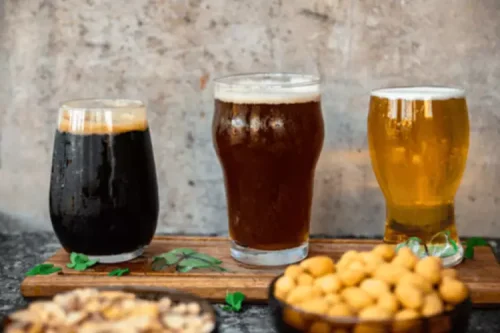
Either undergone on its own or as a step down from inpatient care,outpatient rehabis another popular treatment program option at The Recovery Village. Unlike inpatient rehab, outpatient rehabilitation does not involve a residential component. Rather than living on The Recovery Village’s campus, Sober living house patients commute from their home or sober living housing.
Rehab for marijuana addiction is structured similarly to treatment centers and rehab programs that are dedicated to alcohol and other drug addictions. Adjunct cannabis use alongside current treatment strategies could help to improve the number of individuals engaging in OUD treatment, as well as increase treatment retention rates. Entering a marijuana rehab program can feel overwhelming, but understanding what to expect can alleviate some anxiety.